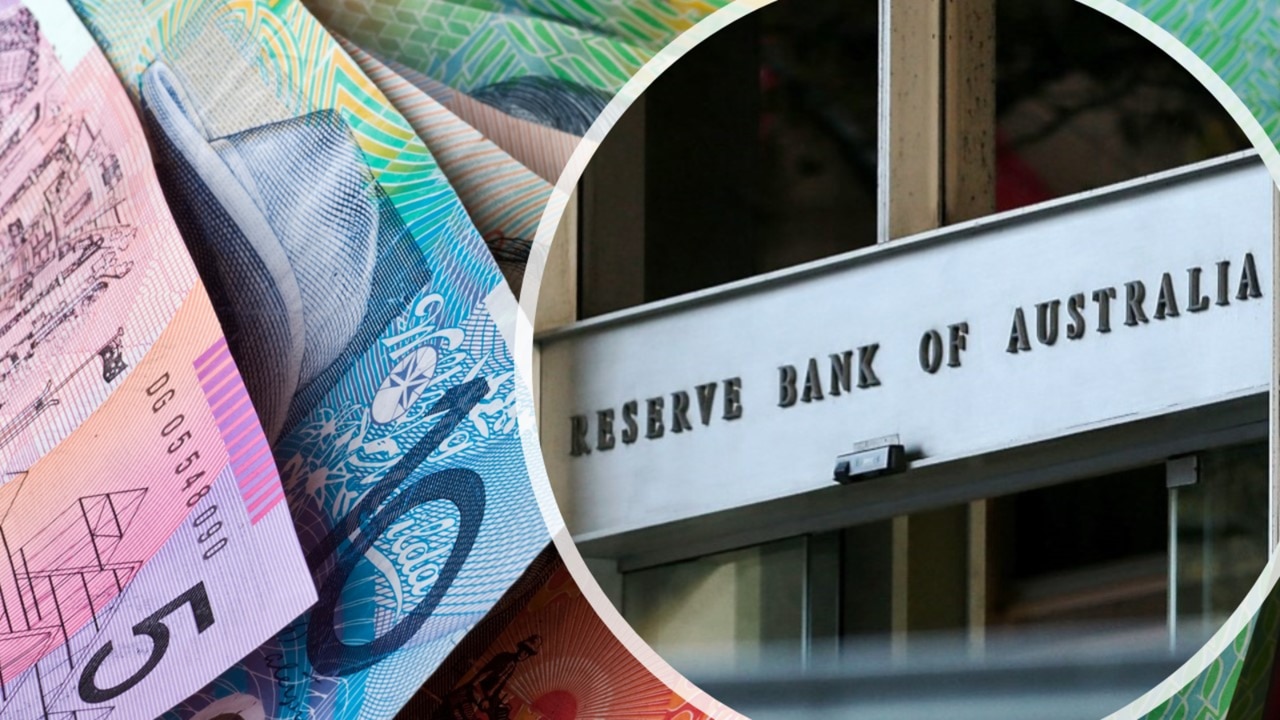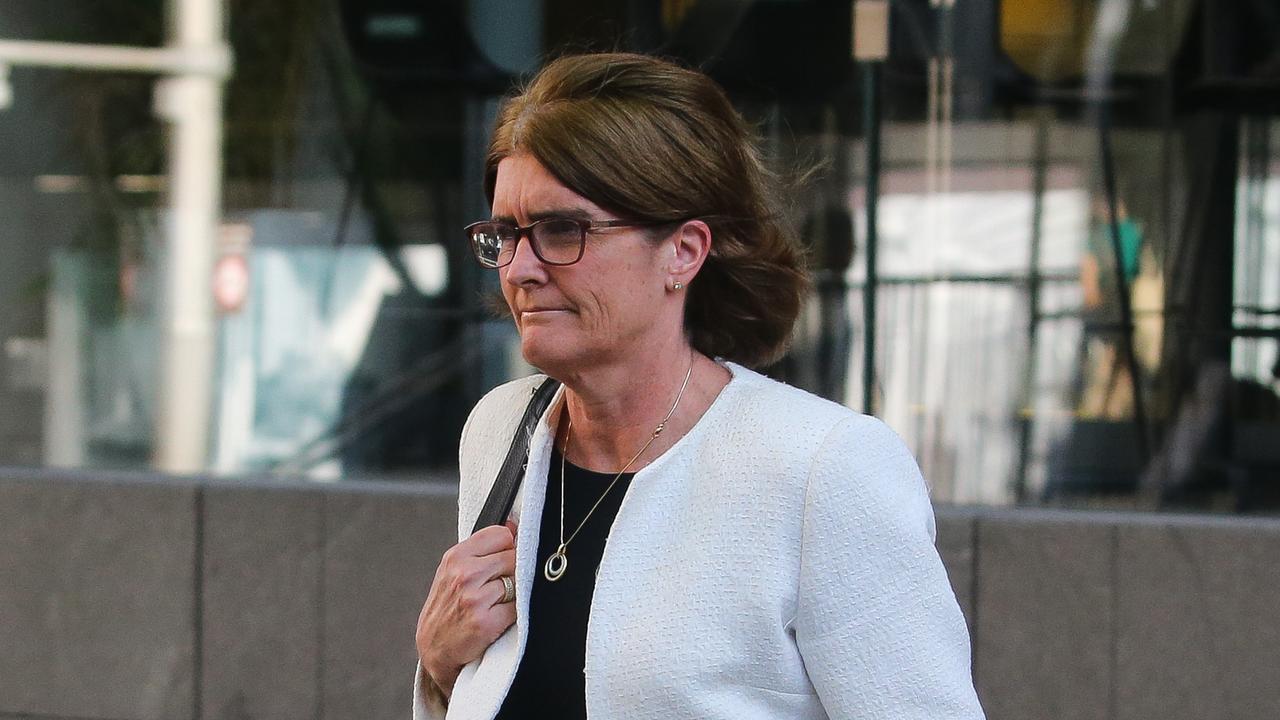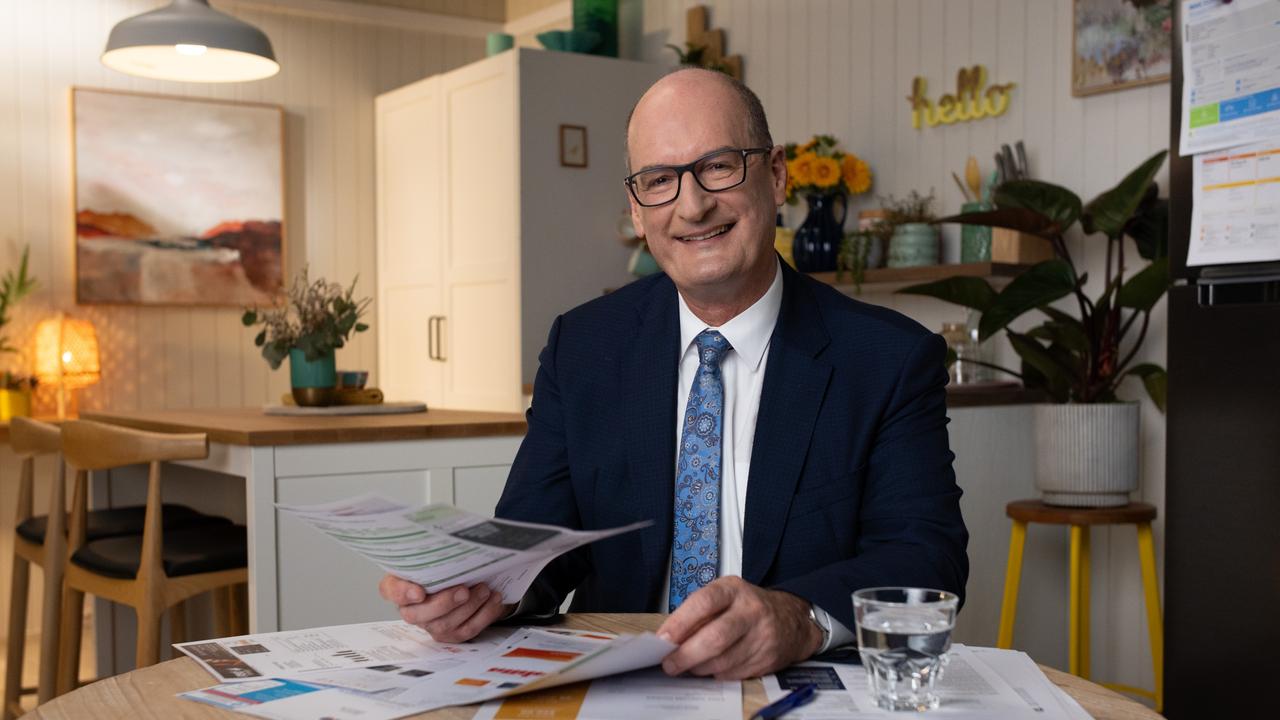Michele Bullock’s new-look RBA opts to leave rates on hold in welcome news for borrowers
Borrowers have been offered some brief reprieve with the RBA’s latest decision, but it’s come with a warning.

The Reserve Bank’s decision to hold the cash rate steady will allow millions of Australians more time to catch their breath after the past 12 interest rate hikes.
But the central bank’s decision to keep the rate at 4.1 per cent for the fourth consecutive month has come with a warning that further rate hikes could be needed in the months ahead in a bid to get inflation back to target.
Tuesday’s decision, the first taken with Michele Bullock as governor, has been welcomed by economists across the country, including David ‘Kochie’ Koch, economic director at Compare the Market.
“This is as bad as it’s going to get, but it will be this bad for a while,” the former Sunrise host warned.
Mr Koch said while he was not predicting any further increases this year it would not be until the second half of next year that those rates started to go back down.

Mr Koch said it would all come down to the September quarter inflation figures, saying that if those showed further signs of improvement, there would be less cause for further hikes.
A rebound in property prices, coupled with a still-red hot jobs market and an oil price spike all risk posing an inflationary headache for the RBA, and will be watched closely in the months ahead.
Mr Koch warned that if inflation worsened over that quarter, an increase could be possible in November’s meeting.
The latest rates decision follows fresh monthly inflation data, released by the ABS on Wednesday, that showed price pressures accelerated for the first time in four months.
Soaring costs for fuel, rents, and across the labour-intensive services sector pushed consumer price growth to 5.2 per cent in the year to August, up from 4.9 per cent in July.

On Tuesday, the board noted that the lag time of the 12 rate hikes since last May was starting to have an impact on the Australian economy, and the full effect of those increases was still filtering through.
“This will provide further time to assess the impact of the increase in interest rates to date and the economic outlook,” the board said on its decision.
The full impact of interest rate changes typically takes between 12 to 18 months to flow through the economy, but experts have warned that the increase in fixed-rate lending during the pandemic could make the transition even slower through this tightening cycle.
Millions of Australians were put onto a fixed mortgage during the record-low interest rates of the Covid-19 era, but more than half of those have since rolled over to higher variable rates.
About another one million borrowers will make the transition over the coming 18 months.
Treasurer Jim Chalmers voiced his concern about the transition earlier on Tuesday, saying that there were still a million people still to make the move.
“We understand that they will be under substantial pressure when that happens, but there are now, according to the official numbers that we’ve put out, more Australians who have come off than who are about to come off,” he said.
“We know that there are still a lot of people who will jump from the fixed rates that they’ve been on, on to the higher variable rates.”
Mr Koch said for those Australians still to make the move, now was the time to adjust their household budget.
“Now you should be running your household budget on that higher interest rate, preparing, going through all expenses and costs,” he said.
He urged households to shop around and see if they could get better deals on their health fund, electricity provider, and mortgage.
Pradeep Philip, head of Deloitte Access Economics, said Tuesday;’s decision was “the correct one”, and would allow businesses and households to “breathe a collective sigh of relief in a slowing economy”.
“Although inflation was slightly higher in August than it was in July, that increase was driven by an increase in the cost of more volatile items like fuel, energy and holiday travel. If you exclude those items, underlying inflation in the year to August was lower than it was in the year to July,” he said.
“There is clear evidence of a slowing economy – with confidence waning, consumer spending weak, and the retail sector in the doldrums.
“Increasing interest rates in this environment would have simply added to the economic risks facing the economy.”



